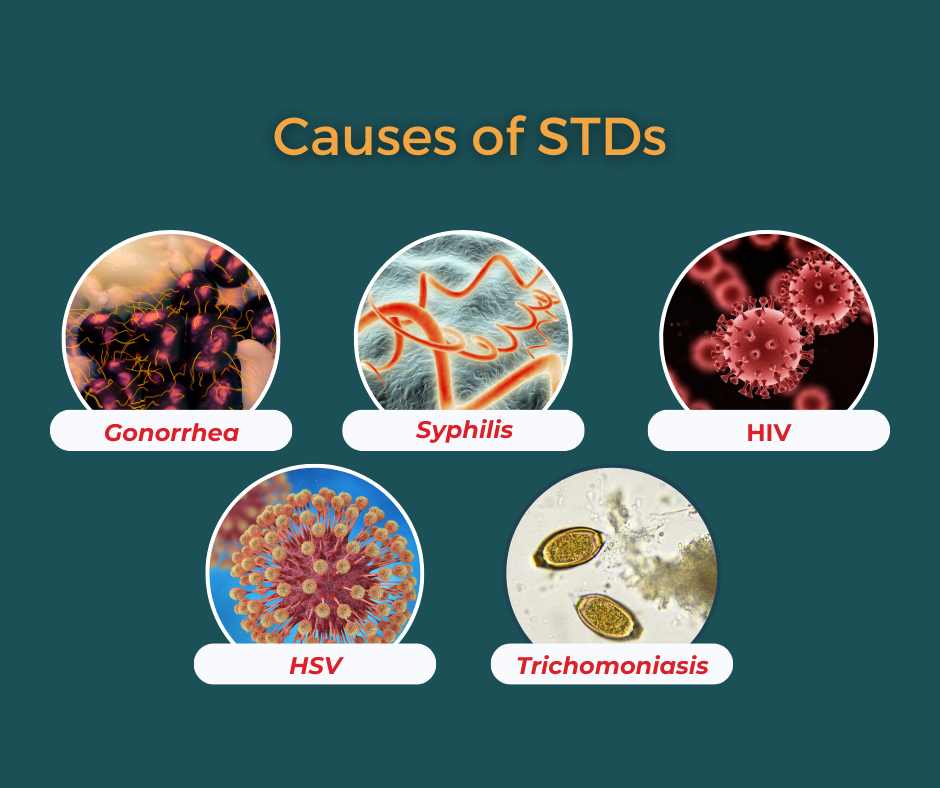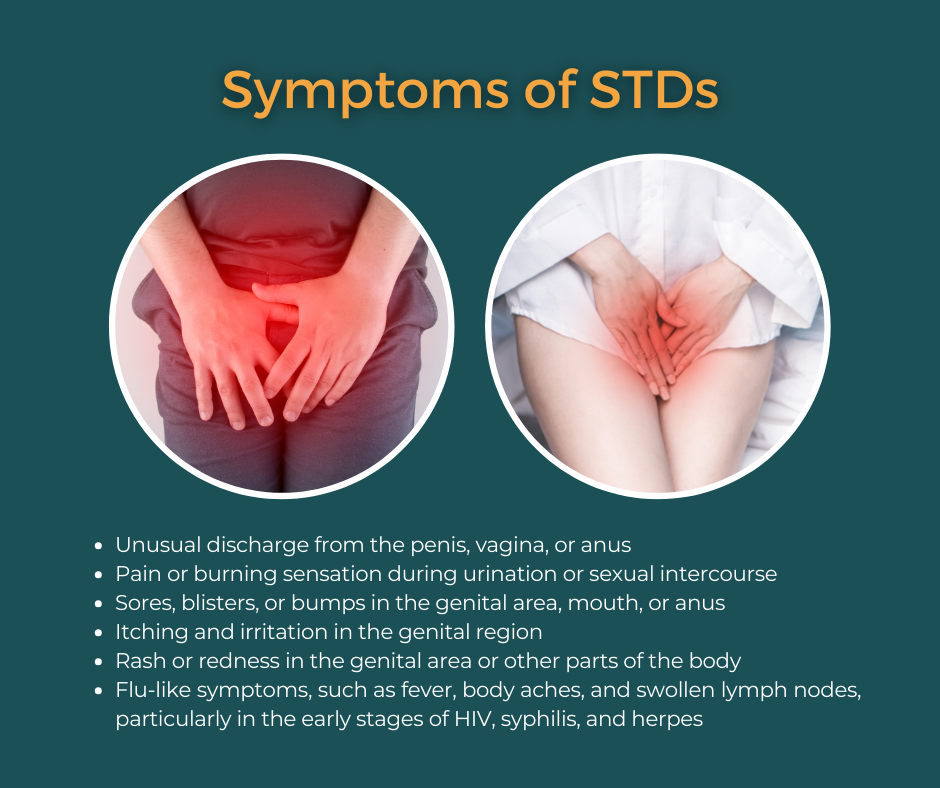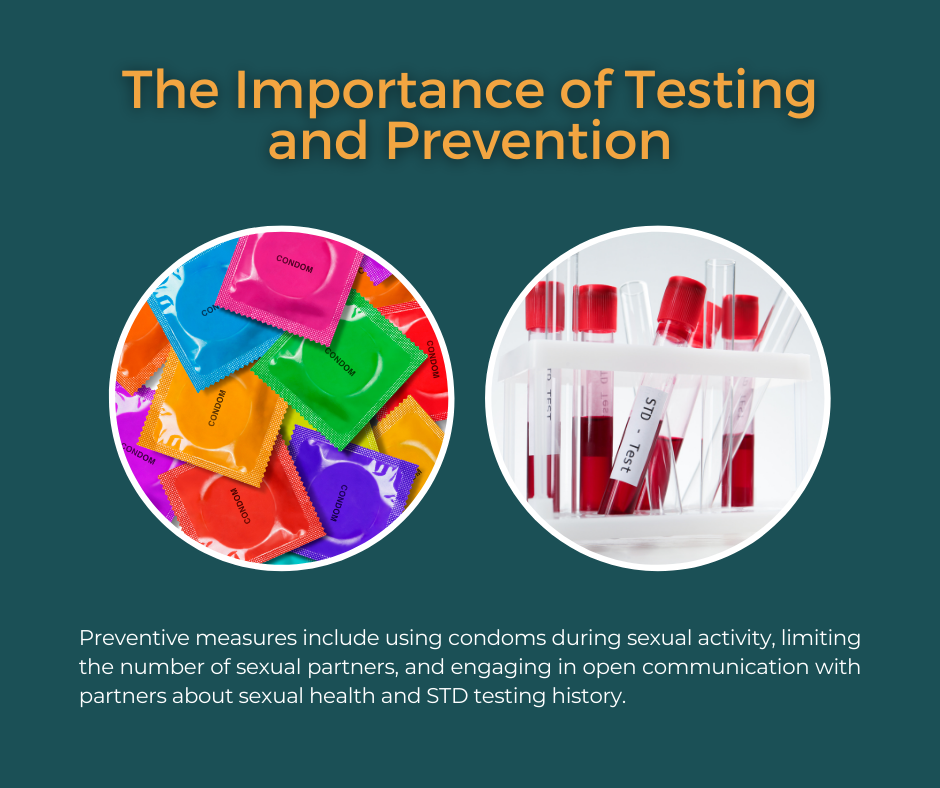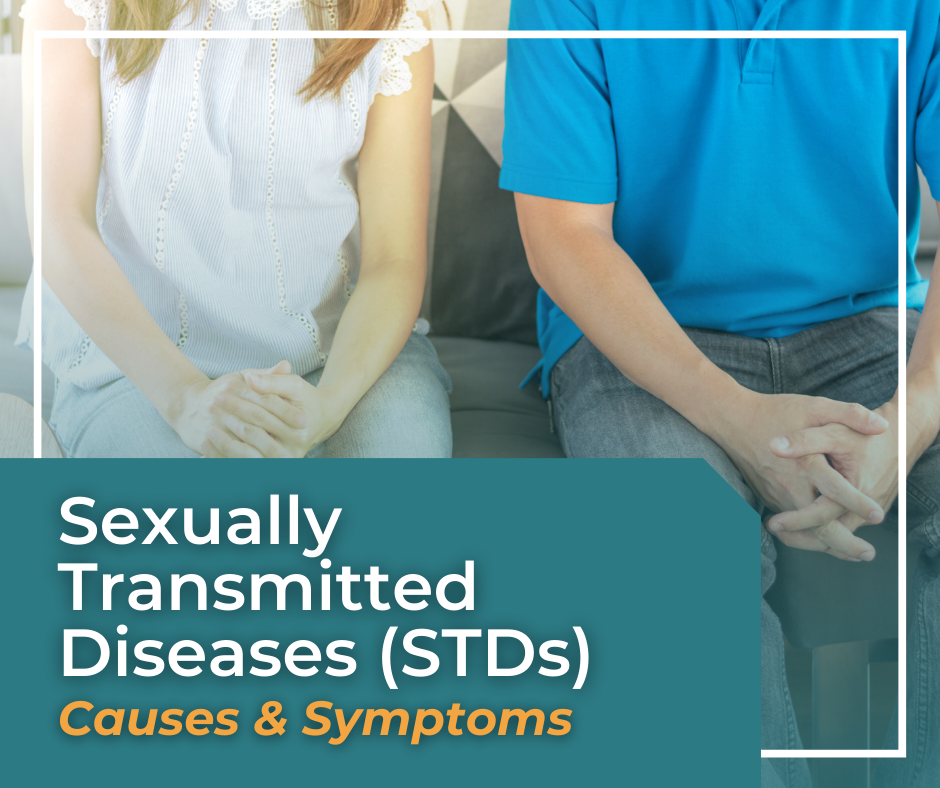Sexually Transmitted Diseases (STDs): Causes & Symptoms
Sexually Transmitted Diseases (STDs) are a major public health concern, with a significant impact on individuals of all ages worldwide. Understanding the causes and recognizing the symptoms are crucial steps in preventing the spread of these infections and ensuring prompt treatment. This article explores the diverse causes and varied symptoms of STDs, emphasizing the importance of awareness and education in combating this global health issue.

Causes of STDs
STDs are primarily caused by various pathogens, including bacteria, viruses, parasites, and fungi, transmitted through sexual contact. The main causes include:
- Bacteria Responsible for diseases such as chlamydia, gonorrhea, and syphilis. These bacteria are transmitted through vaginal, anal, or oral sex with an infected partner.
- Viruses Viral STDs include human immunodeficiency virus (HIV), herpes simplex virus (HSV), human papillomavirus (HPV), and hepatitis B. These viruses can be transmitted through skin-to-skin contact, bodily fluids, and sexual intercourse.
- Parasites Trichomoniasis is a common STD caused by a parasite, transmitted during sexual activity.
- Fungi Though less common, certain sexual activities can lead to fungal infections, contributing to the spectrum of STDs.
Risk factors enhancing the transmission of STDs include having multiple sexual partners, unprotected sex, a history of STDs, and drug use that impairs judgment and leads to risky sexual behaviors.

Symptoms of STDs
STD symptoms vary widely depending on the type of pathogen involved. Some individuals may remain asymptomatic, unknowingly spreading the infection. Recognizing symptoms early can lead to timely treatment, reducing the risk of severe health complications. Common symptoms include:
- Unusual discharge from the penis, vagina, or anus
- Pain or burning sensation during urination or sexual intercourse
- Sores, blisters, or bumps in the genital area, mouth, or anus
- Itching and irritation in the genital region
- Rash or redness in the genital area or other parts of the body
- Flu-like symptoms, such as fever, body aches, and swollen lymph nodes, particularly in the early stages of HIV, syphilis, and herpes
It’s important to note that these symptoms can also be indicative of conditions other than STDs. Therefore, seeking medical advice for an accurate diagnosis and appropriate treatment is essential.

The Importance of Testing and Prevention
Regular STD screenings are vital for sexually active individuals, especially those with multiple partners or known exposure to an STD. Early detection through testing can significantly improve treatment outcomes and prevent the spread of infections.
Preventive measures include using condoms during sexual activity, limiting the number of sexual partners, and engaging in open communication with partners about sexual health and STD testing history. Vaccinations are available for some STDs, such as HPV and hepatitis B, providing an additional layer of protection.
Sexually Transmitted Diseases (STDs) present a complex challenge due to their varied causes and symptoms. Awareness and education about the modes of transmission, coupled with recognizing the signs of infection, are key to preventing the spread of STDs. Regular testing, practicing safe sex, and seeking prompt medical treatment if symptoms arise can significantly mitigate the impact of STDs on individuals and communities. By fostering an environment of openness and awareness, we can collectively reduce the prevalence of these infections and protect public health.

